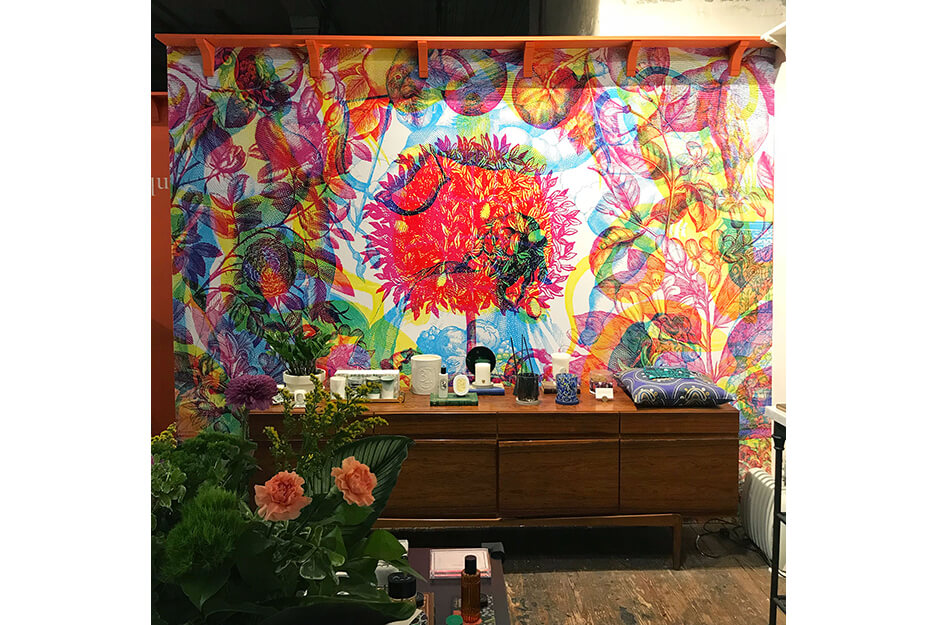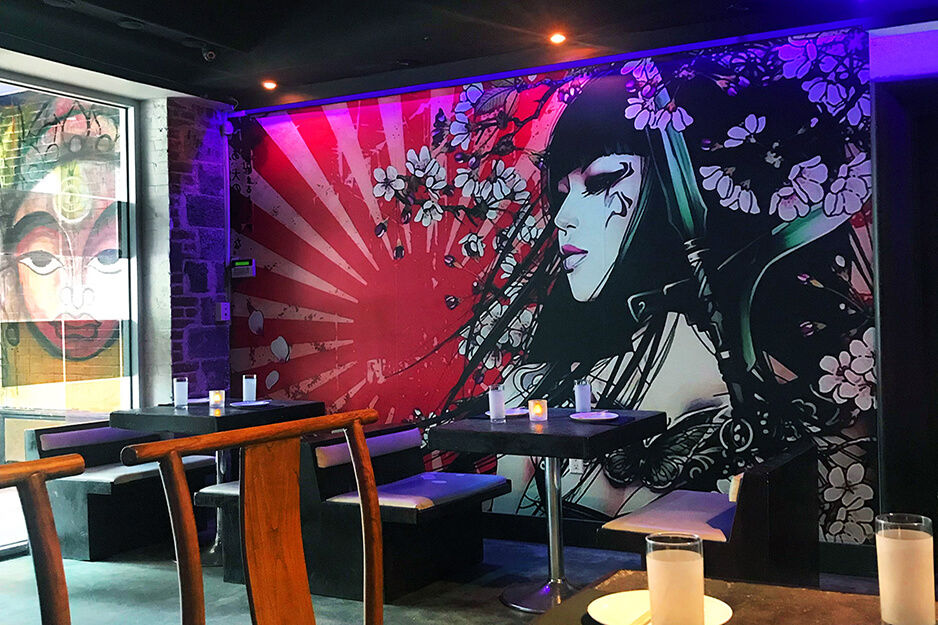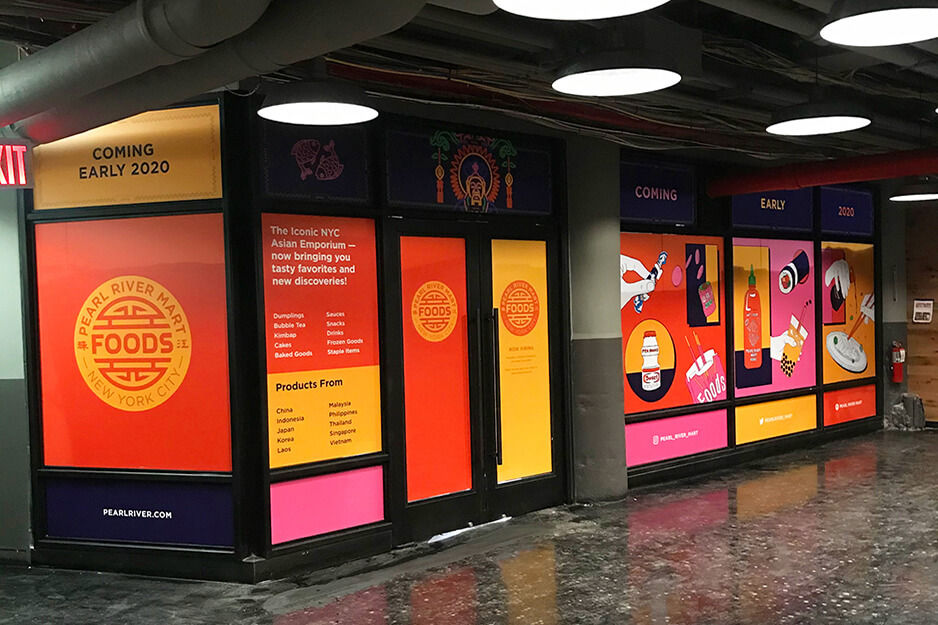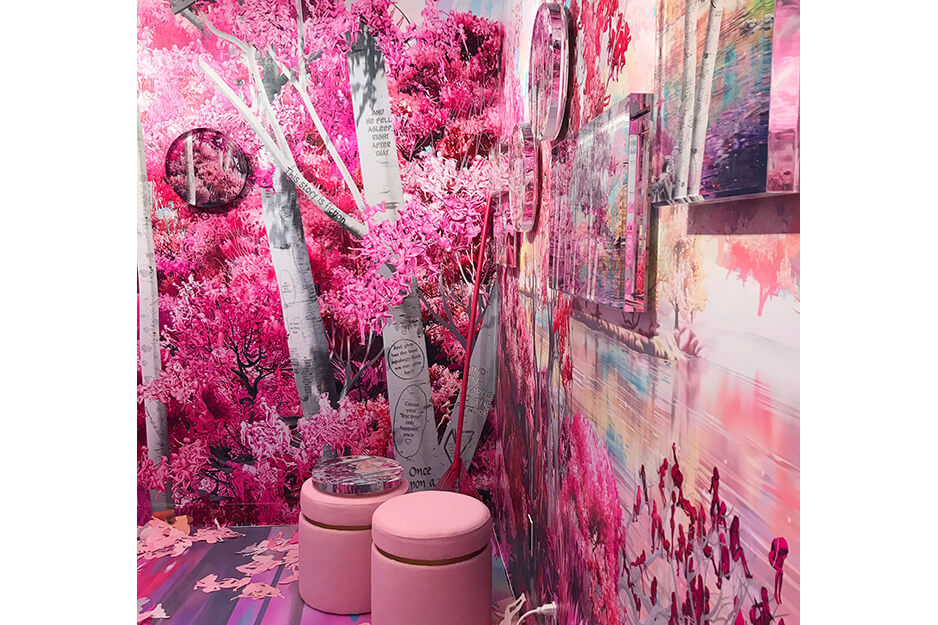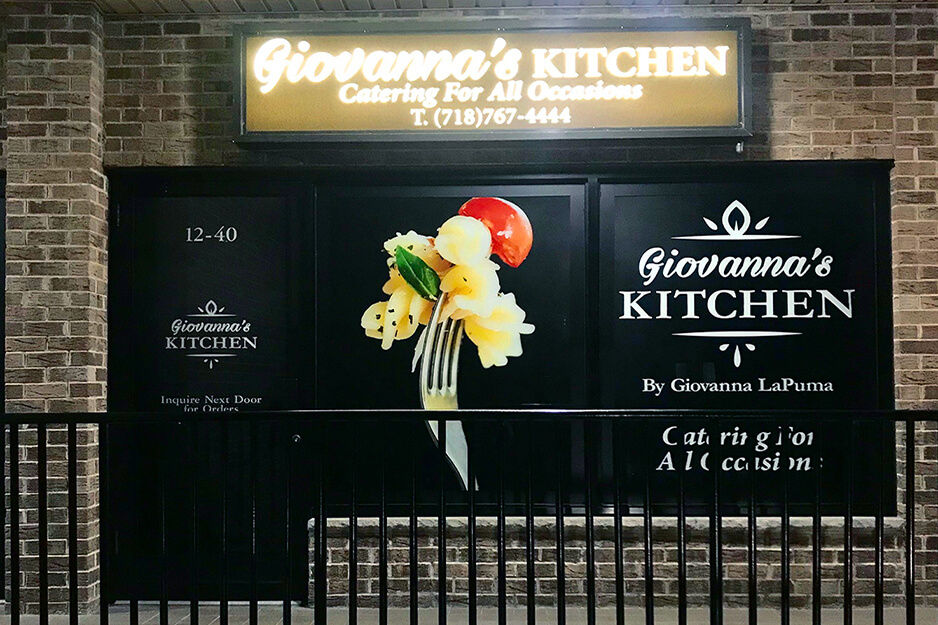Success by Design
DaSign Guy | Long Island City, New York
Vadim Rabinovich, CEO of DaSign Guy, in Long Island City, New York, was born into the signage business. When Vadim was 5 years old, his family emigrated from Ukraine in 1989. His father, a sign painter, put a computer in Vadim’s hands when he was a teenager and said, “Figure out how to use this.” Vadim did, and he’s been in the signage industry ever since.
After working for shops in Manhattan and on Yonkers, in 2018, Rabinovich started his own company. He chose the name DaSign Guy to emphasize his design skills and his ability to provide one-stop signage service, without getting the run-around treatment of having to deal with multiple people in a typical sign shop.
Rabinovich’s shop is actually located inside of Boyce Technologies’ facility, which led to his helping with one of the early success stories of the COVID-19 crisis.
We talked with Rabinovich about his shop’s location, what makes his company successful, how he was able to serve his community during COVID-19, and what advice he has for other print shop owners.
How did you end up locating your shop inside a technology company?
Rabinovich: It’s an interesting story. I started doing work for Boyce Technologies several years ago, doing their fleet work. Charles Boyce asked me to help on another project for one of their clients, the Metropolitan Transit Authority (MTA). I produced signage for the electronics they had built for the subways, when the signage provided by MTA’s own sign shop just wasn’t up to Boyce standards.
“With the VG2, Roland DG made a lot of little changes that go a long way.”
After that, Charles asked me to come to work for them. I thought, why would I want one of my good clients to be my boss? But they have an amazing facility – they have robots building all sorts of things here. So, we worked out an arrangement where I have a dedicated 1,300 square foot space inside their building. I do my own thing, and I also do whatever work they need done.
What printing equipment do you use?
My first plotter was a Roland DG GX-24. I call that machine “Everyone’s first Roland.” My father used it to make negatives for silk screening. My next Roland DG device was the CAMM-1 30-inch vinyl cutter, which I used in my first shop – my garage.
When I came to Boyce Technologies they had a Roland DG TrueVIS SG-540 54-inch printer/cutter on site. They used it to make a few small labels. I came in and printed larger graphics, and they began to see its capabilities. They also have a flatbed printer, and I brought in a 64-inch cutter as well.
I’ve stayed with Roland DG printers for the quality and reliability. When we did the job for Spiro, we needed additional speed, so we added the TrueVIS VG2-540. The print speed is twice as fast as the SG – and the set-up speed and operation are also much faster. With the VG2, Roland DG made a lot of little changes that go a long way.
What products do you offer?
I do about 90 percent vinyl graphics – mainly large-scale wall wraps. The majority of my clients are in the art world, mostly museums and galleries. I do lots and lots of decals, and some hard goods such as banners, and various plastic and metal signs. I don’t have installation trucks, other than my personal vehicles and the NYC MTA. When people ask me what I do for a living, I say… I play with stickers. It’s a great business to be in!
Do you produce a lot of vehicle graphics?
I have done vehicle graphic work in the past, and I’ve enjoyed it. However, my feeling about vehicle wrapping is that, if you’re not all about it, you should stay away from it. And don’t get me wrong – I am a car guy. I have two cars, one that I built from the ground up (and yes, it’s always wrapped). I find that in the vehicle wrapping/graphics industry, there are a lot of people doing it that shouldn’t be touching cars. To wrap cars requires not only the proper skills and experience, but also a proper facility… something that way too many “vehicle wrappers” lack!
A few years ago I trained a good friend of mine to wrap cars. He now owns an amazing shop out on Long Island called Sanford Auto Spa. I have since stepped away from heavy vehicle work, but when need be, I send cars his way or we do projects together in his facility. I can honestly say he is one of the best in the business.
How do you handle large installs?
When I can, I just do it myself. If it’s a really large project, I’ll hire freelance contractors.
What industries do you serve, and what’s your geographical range?
I primarily serve museums, galleries, retail outlets, restaurants, and demolition and construction companies. The bulk of my clients are in Manhattan, but I serve clients throughout the Tri-State area.
I have about 200 clients. Some of the primary ones are: Diptyque, Duc Duc, Pearl River Mart, The Lobster Place, Jade Eatery & Lounge, Gotham Gymnastics, Studio Museum in Harlem, Sugar Hill Children’s Museum and The Jewish Museum. Some of the art galleries I serve are Friedman Benda, UNIX Gallery, Artist’s Space, Forum Gallery, Japan Society, Latchkey Gallery and Mucciaccia Gallery.
Several of my clients are national companies, so I travel to do installations at their other locations.
Tell us about the work you and Boyce Technologies did on the Spiro Wave Bridge Ventilator.
In the first few weeks of the COVID-19 crisis here in the Northeast, a consortium developed a bridge ventilator called the Spiro Wave. The Spiro Wave replaces manually operated bag valve masks for patients coming on or off of traditional ventilators.
Boyce Technologies provided machine automation and advanced laser-cutting technology to quickly take the Spiro Wave from initial concept to scalable, manufacturable design. Spiro was then commissioned by New York to build 3,000 bridge ventilators.
Each Spiro Wave machine has 13 labels of various shapes and sizes. I single handedly printed, laminated and contour cut 40,000 labels in two weeks. It was crazy – but thanks to the new Roland VG2, it got done in time.
What tips do you have for other print shop owners?
My general advice would be… to just care! Treat the clients as if they are friends or family. I can’t stress enough how important it is to build that deep kind of relationship.
My clients come to me, for me. They know what they’re getting. The quality, the service, the price. I genuinely love my loyal clients. They treat me as if I were family. The ones that cater to the food industry always feed me. It’s amazing!
With that said, I try not to overextend myself into every aspect of the sign industry. My advice is, pick what you enjoy, what you’re good at, and stick to it. The clients will follow.
What’s next for DaSign Guy?
I haven’t missed a day of work since the COVID-19 crisis started. I was so busy, and then we went right into the bridge ventilator project. The emails are really picking up now. The majority of requests are for social distancing signage and large banners to announce that restaurants and other places are open. I have also been printing logo graphics for plexiglass vertical barriers. or “sneeze guards.”
Several of my really large installs have been put on hold by the virus, but things are definitely getting busier again.
